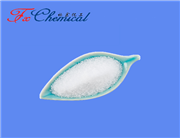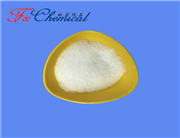Items | Specifications | Results |
Appearance | A white or almost white crystalline powder | A white crystalline powder |
Solubility | Soluble in methanol | Conform |
Purity(HPLC) | ≥99% | 99.8% |
water% | ≤0.5 | 0.1 |
Single impurity | ≤0.1% | 0.07% |
Total impurities | ≤1.0% | 0.2% |
Conclusion | The product complies with specification. |
Atorvastatin Acetonide tert-Butyl Ester is not a pharmaceutical drug itself, but rather a key synthetic intermediate used in the industrial-scale manufacturing of Atorvastatin, the active ingredient in the cholesterol-lowering medication Lipitor. It is a protected form of the Atorvastatin molecule, designed to make the chemical synthesis more efficient and controllable.
Detailed Breakdown
To understand this compound, it's best to break down its name and structure:
1. The Core: Atorvastatin
Atorvastatin is a complex molecule that works by inhibiting the HMG-CoA reductase enzyme, a critical step in the body's production of cholesterol.
The active form of Atorvastatin is the open-chain dihydroxy heptanoic acid side chain. This part of the molecule is sensitive and reactive.
2. The Protecting Groups: "Acetonide" and "tert-Butyl Ester"
The core Atorvastatin molecule contains two highly reactive functional groups that can interfere with the chemical steps needed to build the rest of the molecule:
A diol (two adjacent alcohol groups, -OH) on the side chain.
A carboxylic acid (-COOH) at the end of the chain.
To prevent these groups from reacting during synthesis, chemists "protect" them by converting them into less reactive forms.
Role in Synthesis and Why It Matters
The use of "Atorvastatin Acetonide tert-Butyl Ester" is a cornerstone of an efficient industrial synthesis of Atorvastatin. The process typically follows these steps:
Construction & Protection: The Atorvastatin skeleton is built, and the sensitive diol and carboxylic acid are simultaneously protected as the acetonide and tert-butyl ester. This creates the stable intermediate in question.
Purification: This protected intermediate is a stable, crystalline solid, making it much easier to isolate and purify to a high degree of quality than the unprotected, sensitive form.
Final Deprotection: After all other synthetic steps are complete and the pure intermediate is obtained, the protecting groups are removed.
The tert-butyl ester is easily removed with a mild acid.
The acetonide group is also removed under acidic aqueous conditions, regenerating the vital dihydroxy acid side chain.
Final Product: This deprotection yields the pure, active pharmaceutical ingredient (API), Atorvastatin.
Summary of Key Properties
| Property | Description |
|---|
| Identity | Key synthetic intermediate for Atorvastatin |
| Primary Use | Industrial pharmaceutical manufacturing |
| Role | A protected, stable form of Atorvastatin for easier synthesis and purification |
| Key Features | Crystalline solid, improved stability, simplified handling |
| Final Conversion | Removed via acid hydrolysis to yield the active drug |
In conclusion, Atorvastatin Acetonide tert-Butyl Ester is a brilliant solution to a complex problem in chemical manufacturing. Its use allows for the practical, large-scale production of one of the most important and widely prescribed medications in history.






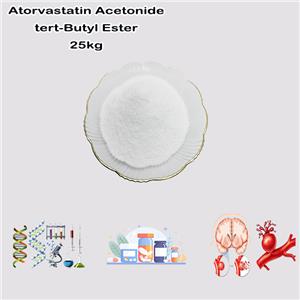
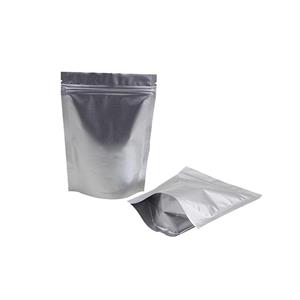
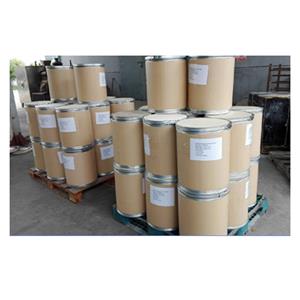
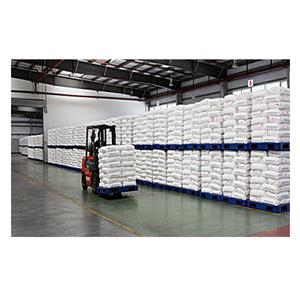
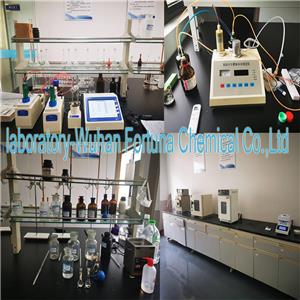

 China
China


